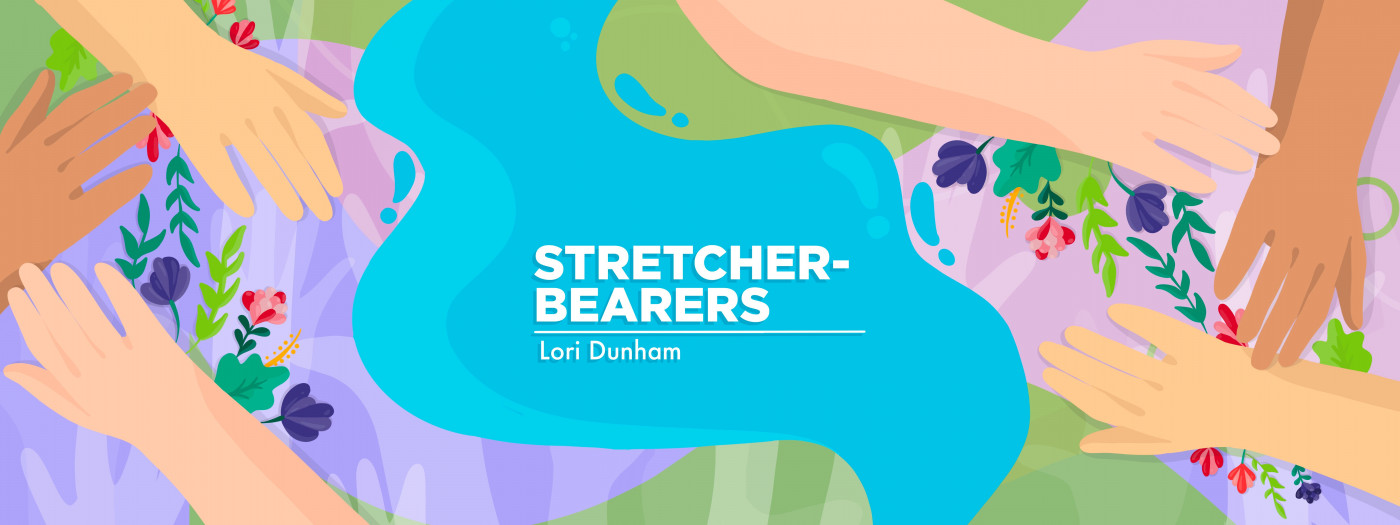We’ve never had more opportunities for raising awareness
This month and the next, we can build on the LEMS advances of the past
Written by |

The World Health Organization considers a disease rare when it strikes fewer than 65 people per 100,000. Here in the United States, a disease is considered rare when fewer than 200,000 people are affected by it.
Looking at those numbers, most people feel the odds are pretty good that they’ll avoid a rare disease. Yet here we are at Lambert-Eaton News, a group gathered with the shared experience of living with a rare disease or supporting a family member who has one.
Our family joined the rare disease community when our then-15-year-old daughter, Grace, was diagnosed with Lambert-Eaton myasthenic syndrome (LEMS). In our eyes, it didn’t matter how large the LEMS population was. Even if only one person had it, it’d still be worthy of research and treatment. Because every life matters.
But at the beginning of this journey, we hoped someone had gone before us and was motivated to advance the LEMS community. We hoped they’d worked with all their might to bring treatment to the community that we now claim as our own.
Our hopes were realized. We felt an unfathomable depth of gratitude when we saw the accomplishments of those who had gone before us. The work they’d done directly benefits all of us who have come along since.
Keeping the progress going
Now it’s our turn to continue that work for the benefit of generations after us. We can all make a difference, so let’s leverage our situation for good. One way we can do that is by participating in Rare Disease Day on Thursday, Feb. 29.
There are multiple ways to participate. Some of us can wear our Rare Disease Day colors. Others can light up social media with information about these diseases. Events are scattered throughout the world for those looking for in-person experiences. The opportunities are endless.
Beyond Rare Disease Day, the Lambert-Eaton LEMS Family Association is continuing to raise awareness for people with LEMS. Grace and I look forward to representing the community at the next Muscular Dystrophy Association Clinical and Scientific Conference in Orlando, Florida, in March. There we’ll have the opportunity to explain our perspective on LEMS to doctors, researchers, and medical students, most of whom have only heard of the disease from a textbook.
After chatting with us, those doctors will be able to say they’ve met a living, breathing person whose life came to a screeching halt when LEMS entered the picture. We’re not some far-off, sterile statistic. We’ll demonstrate that we’re a person with a name, that we have hopes and dreams and yearn for a full life.
Finally, this year the Family Association is promoting a new opportunity by recognizing LEMS Awareness Day on March 30. Let’s join together in solidarity and work to further treatment and — one day — a cure for LEMS.
We’ve never had more opportunities to raise awareness of LEMS and the rare disease world than we do in 2024.
Note: Lambert-Eaton News is strictly a news and information website about the disease. It does not provide medical advice, diagnosis, or treatment. This content is not intended to be a substitute for professional medical advice, diagnosis, or treatment. Always seek the advice of your physician or other qualified health provider with any questions you may have regarding a medical condition. Never disregard professional medical advice or delay in seeking it because of something you have read on this website. The opinions expressed in this column are not those of Lambert-Eaton News or its parent company, Bionews, and are intended to spark discussion about issues pertaining to Lambert-Eaton myasthenia syndrome.






Leave a comment
Fill in the required fields to post. Your email address will not be published.